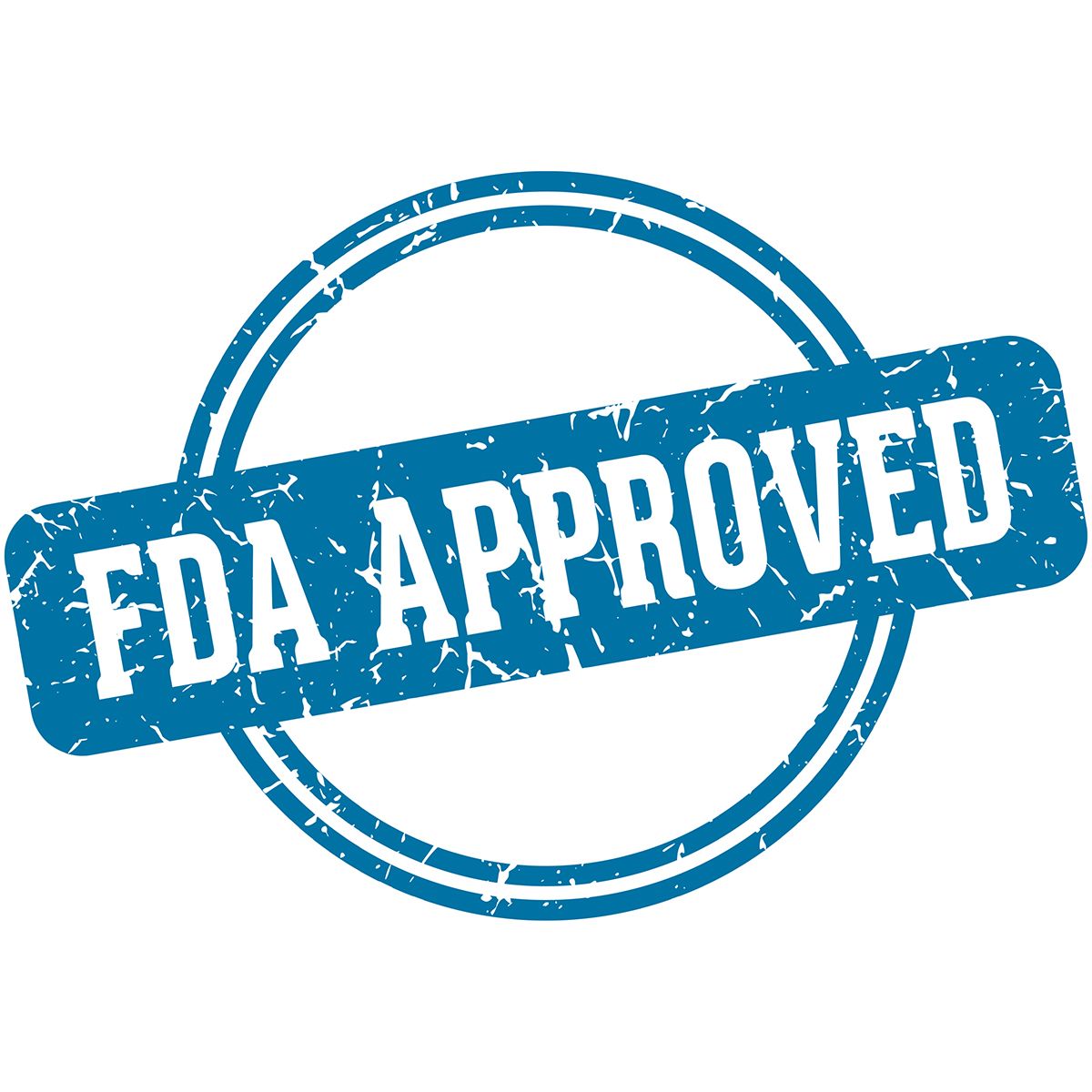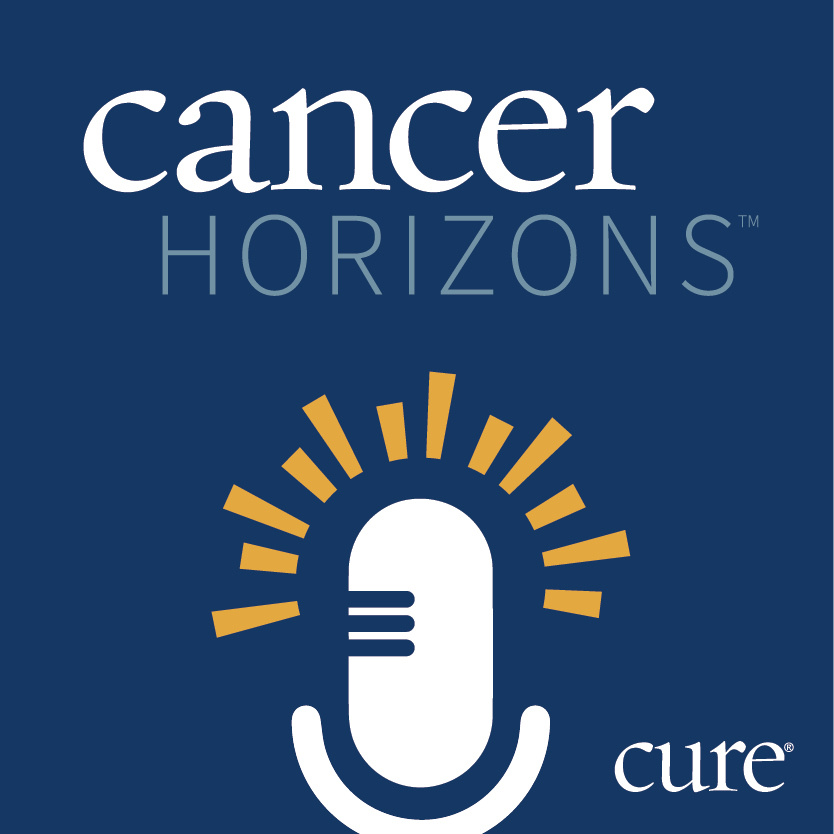Article
FDA Grants Dacomitinib a Priority Review for Lung Cancer Treatment
Author(s):
The Food and Drug Administration (FDA) granted priority review to dacomitinib for the first-line treatment of patients with locally advanced or metastatic non-small cell lung cancer (NSCLC) with EGFR-activating mutations, according to Pfizer, the drug’s manufacturer.
The Food and Drug Administration (FDA) granted priority review to dacomitinib for the first-line treatment of patients with locally advanced or metastatic non-small cell lung cancer (NSCLC) with EGFR-activating mutations, according to Pfizer, the drug’s manufacturer.
“While significant progress has been made in the treatment of patients with non-small cell lung cancers harboring EGFR-activating mutations, it remains a challenging disease and new treatment options are needed,” said Mace Rothenberg, M.D., chief development officer of oncology at Pfizer Global Product Development, said in a press release.
The New Drug Application was based on results from the phase 3 ARCHER 1050 study, which showed that dacomitinib — an investigational, oral, once-daily, irreversible pan-human EGFR tyrosine kinase inhibitor (TKI) – may offer a clinically meaningful improvement over Iressa (gefitinib).
“In the pivotal clinical trial that supports these applications, dacomitinib showed clinically meaningful improvement in progression-free survival over gefitinib, one of the first EGFR-targeted therapies to demonstrate activity in this disease,” Rothenberg said. “These filing acceptances are an important step toward increasing treatment options for patients with locally advanced or metastatic EGFR-mutated non-small cell lung cancer.”
In the global head-to-head trial, researchers recruited patients with newly diagnosed stage 3B/4, EGFR-positive NSCLC who had not received prior systemic therapy including TKIs and an ECOG performance status of 0 or 1. In the dacomitinib arm, 227 patients received 45 mg daily while the 225 patients in the Iressa arm were given 250 mg daily.
Those treated with dacomitinib experienced a median progression-free survival of 14.7 months compared with 9.2 months in patients treated with Iressa — which represented a 41 percent reduction in the risk of disease progression or death for patients treated with dacomitinib as a first-line treatment in locally advanced or metastatic NSCLC with EGFR-activating mutations.
In addition, patients treated with dacomitinib experienced an average 6.5-month improvement in response duration (14.8 months vs. 8.3 months, respectively) compared with Iressa.
The most common side effects included diarrhea (87 percent), nail changes (62 percent), rash/dermatitis acneiform (49 percent ) and mouth sores (44 percent ). The most common Grade 3 side effects with dacomitinib were rash (14 percent) and diarrhea (8 percent). Ten percent of patients in the dacomitinib arm discontinued treatment compared with 7 percent of those who were given Iressa.
The priority designation will expedite the development and review of dacomitinib in this setting. Under the Prescription Drug User Fee Act, the FDA is scheduled to make its decision by September 2018.




